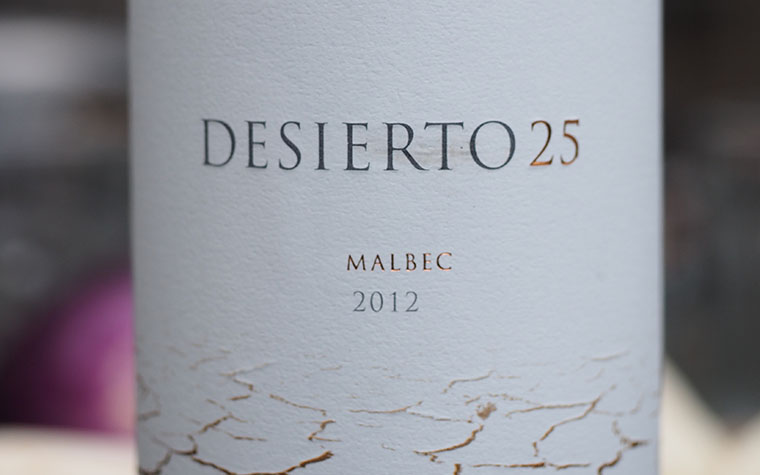Over the course of the past 15 years, I’ve been lucky enough to travel to some pretty exotic regions for work. One of the most remote was Patagonia, way down in the south of Argentina.
When I think about Patagonia, several images come to mind: vast herds of sheep ambling towards a limitless horizon; gauchos galloping their tough ponies across endless grasslands, whirling bolas at the ready as they prepare to corral young steers; the bluish white of ice floes floating close to the glacier fields of the continent’s chilly southern tip. It also brings to mind Bruce Chatwin’s elegiac book, In Patagonia, with its account of the tough-minded Welsh community, descendants of immigrants who settled the area in the 19th century, and its haunting evocation of the lonely landscape.
All of these images were at the forefront of my mind because I’ve been researching an article about Patagonian wines for a trade magazine. On paper, I concluded, Patagonia seems like a pretty strange place to be growing grapes. The winds that howl through the vineyards may help to keep the grapes free from disease, but they also ensure painfully low yields. The region’s remoteness may mean that land prices are low, but it also ensures that it’s expensive to ship your wine out to the world once it’s ready to be sold.
As a result, Patagonia is not the place to look if you’re after a cheap bottle of wine, so I was pleasantly surprised by the reasonable price (and, more importantly, value for money) of Bodega del Desierto‘s Malbec (£12.50 per bottle, or £11.25 if you order a case from their importer, Berry Bros). Malbec’s origins may well lie in southwest France, but arguably the grape has become strongly associated with Argentina in most people’s minds. Most Argentine Malbec is grown in Mendoza, which lies some 800 kilometres north of the Patagonian vineyards, and its wines are often hefty, richly fruited and high in alcohol.
This Patagonian version is no lower in alcohol than many Mendozan wines (it weighs in at a fairly hefty 14.5%), but its bright acidity helps lend the wine more balance and freshness (you can thank Patagonia’s desert climate for this – hot days alternate with very cold nights, promoting the development of high levels of acidity). Although the fruit is rich, it lacks any trace of jamminess (thanks, again, to that swingeing diurnal temperature shift). Instead what you get is pure, dark fruit – think damsons and black cherries – along with hints of smoke and spice. There’s tannin there too, but it’s fine-grained rather than overtly astringent: just what you need when you’re looking for wine that can help cut through a hefty dose of meat protein.
The knee-jerk pairing for Argentine Malbec is steak, but we opened a bottle to drink with some barbecued lamb cutlets that I’d marinated in a mixture of garlic, rosemary, finely chopped anchovy, lemon zest and juice and some olive oil, and the wine proved more than capable of taking on these hefty flavourings as well as the chargrilled smokiness of the meat.
My rating: ![]() . (What does this mean? See here for a guide to my rating system.)
. (What does this mean? See here for a guide to my rating system.)
Full disclosure: I was sent a bottle of this wine for review purposes by Berry Bros.

